If you follow Cities-4-People, you may know that we have entered the prototyping phase, during which the pilot areas work on a prototype for each of the three selected concepts, for a total of fifteen prototypes. The prototypes will bridge the concepts to the actual piloting phase, when things will get (even more) real and we will test and measure how the interventions affect the place and mobility in and around it.
What has happened in Budapest in this regard?
Mobility Point
The Mobility Point is meant to inspire people coming by car from Budapest’s outskirts concerning travel modes. Since the focus of this intervention is limited to a precise site, it is crucial to understand what the users of the area value the most and what they are concerned about. Therefore, during the prototype event, people were asked to brainstorm on what should the Mobility Point consist of. Participants took part in the co-design of the plans for the facility, defining the general setting, the look and feel of the place, the needed tools. Food for thoughts was provided by existing best practice examples. During the next event, participants will go to the actual location and check practical details: is there enough space for cars to park? Would students and pedestrians still be able to move around easily? Would the site be visible enough? Would it be accessible? What would make people stop there?
Of course, the development of the intervention is easier said than done: service providers have to be engaged and regulations have to be clarified for them to feel safe enough to participate. Furthermore, the plans for the Mobility Point have to fit in in the wider development plans for the whole Danube area, which is expected to welcome an higher amount of tourists and locals in the next years. In addition, structural conditions have to be carefully studied, since the ground had very specific features. Aren’t you already looking forward to seeing what the end result will be?
Pedestrianisation of the Danube River embankment
The access to the river in Budapest is limited. As the embankment is a traffic corridor, it is not pedestrian-friendly. So why not try and close it to motorised vehicle for one day to see whether this would positively affect people’s mobility around the river. Also in the case of this intervention, the prototyping event was used to brainstorm with people about elements that would make the area more enjoyable and welcoming, using other cities as inspiration – for example, Paris and its beach-like set-up close to Notre Dame.
Participants made clear that a one-day intervention would not be enough to change mobility patterns and see the effects thereof. The pedestrianisation of the embankment should last at least two days and should be widely promoted long ahead of time to secure support. Local shop-owners, civic organisations, local residents should all be involved in the planning to a great extent, since they know the area best and since they are the ones who can have the strongest means to either oppose the intervention or support it. Besides, opposing drivers and favouring pedestrians has political implications that have to be considered.
The site visit that will take place in the upcoming weeks will elicit further questions and spark some more ideas as well as provide an answer to open issues: what are the needs of the people? What makes the place attractive, but also what are the basic requirements (e.g. toilets)? What are key locations that should be provided with extra facilities? What is the best period to close the area? Should we disrupt traffic during the week or rather wait for the weekend in order to start with a softer change? Stay tuned to see how the plans develop.
Access to the Danube
The underlying idea for the third intervention was to provide people with information that enables them to access the River Danube. However, what type of information is needed and in which form should it be provided? Gamification might be a way to engage passers-by. Where should access be guaranteed? Participants in the prototyping event used a printed-out map to indicate key locations. What are the elements that can be used as incentives to attract more people, especially families and children? One of the ideas was to have a “Travelling in time” location, where a wooden box containing artistic images of the Danube is put on display. Curious pedestrians would stop to look into the box and engage more with the local environment. More ideas will be noted during the site visits, taking into account key landmarks, possible access points, distances and travel times. If it were up to you to decide, what would you suggest?

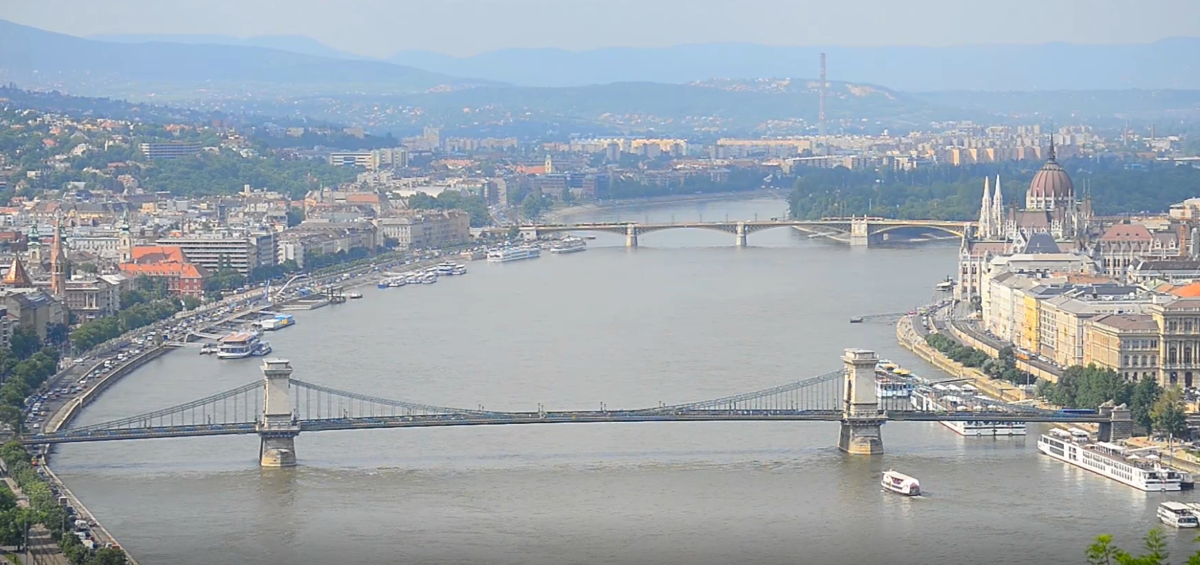

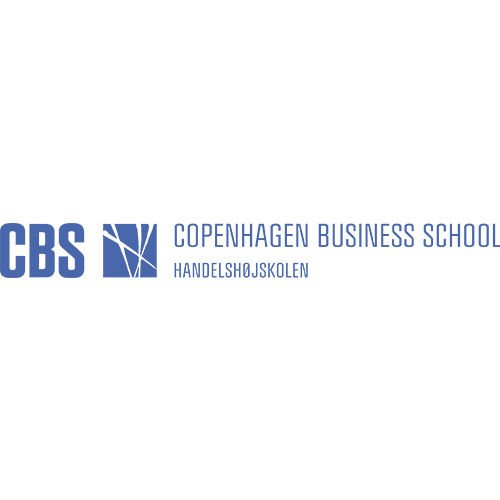
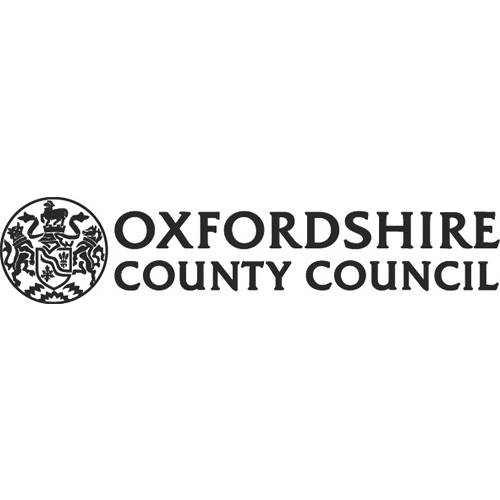

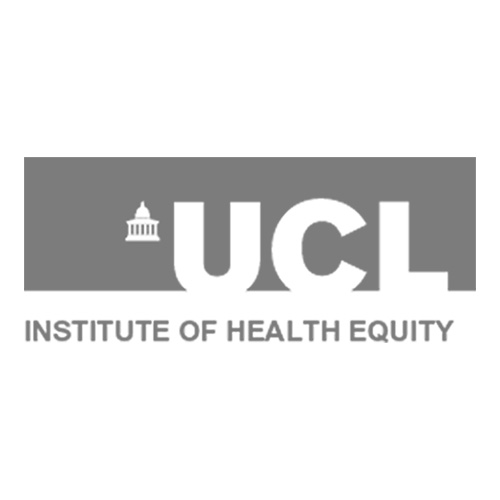
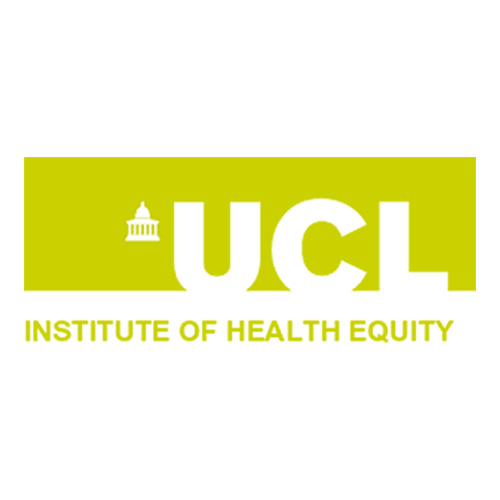
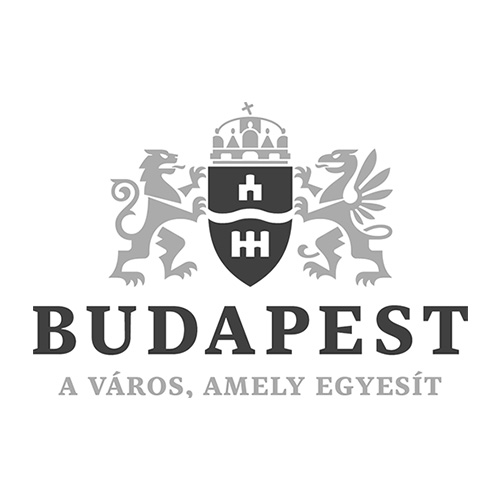
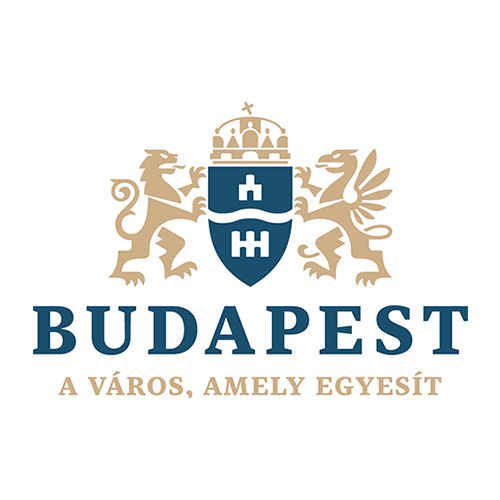
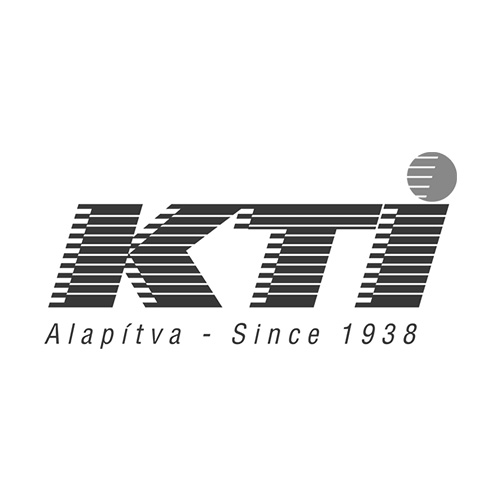
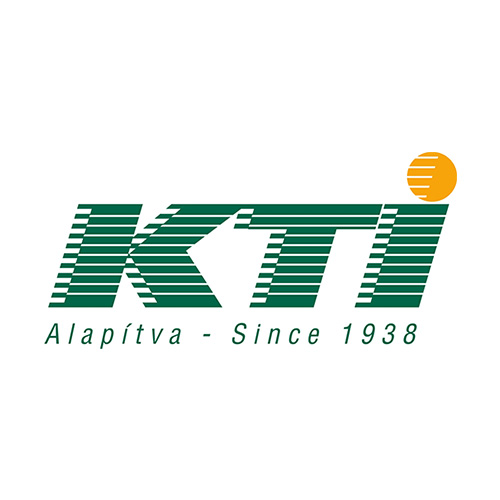
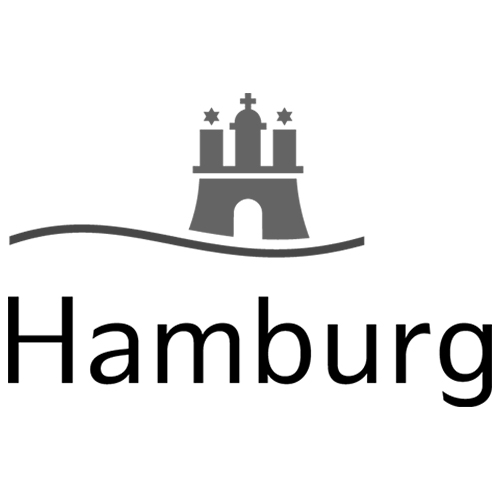
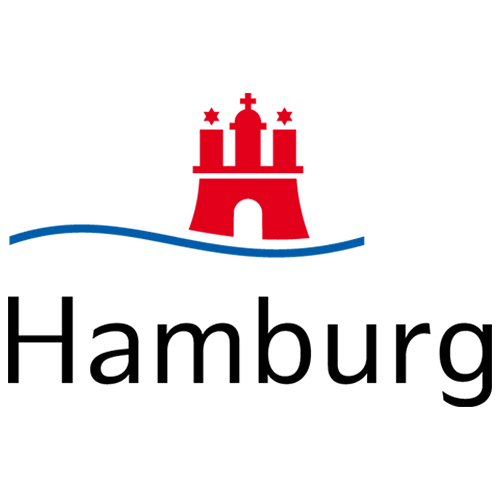
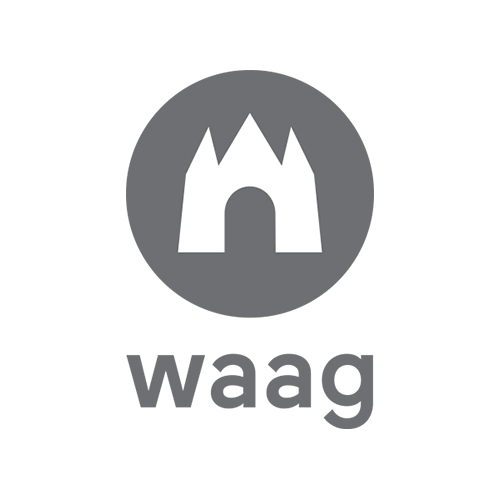

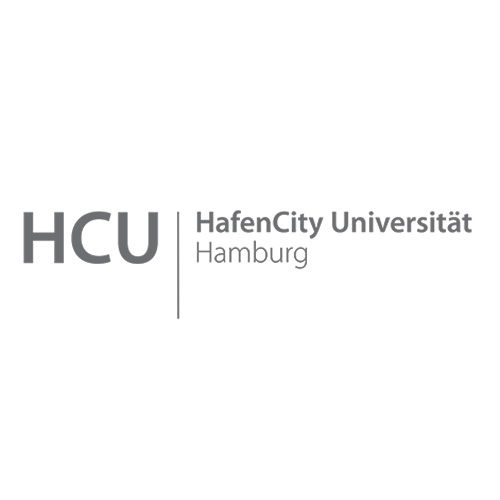
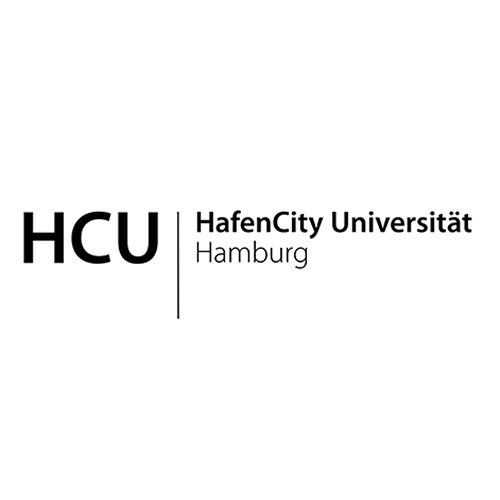
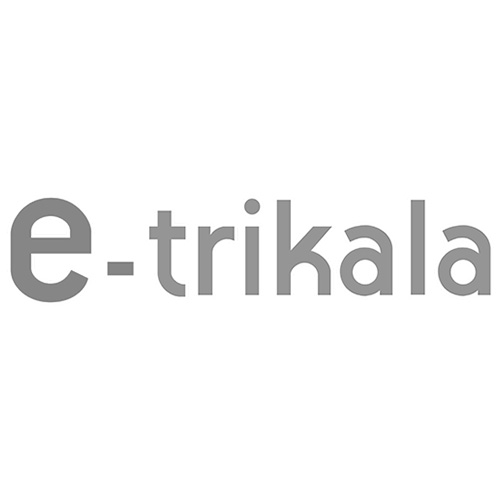
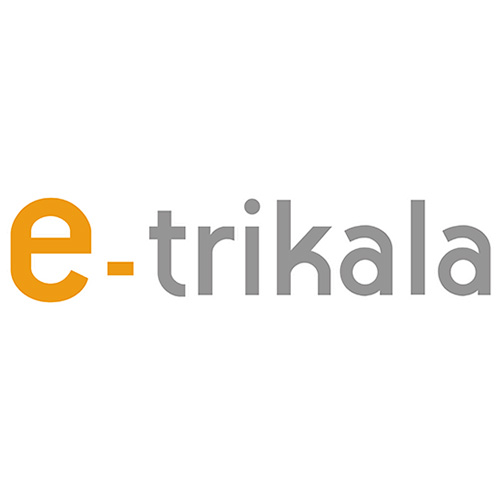
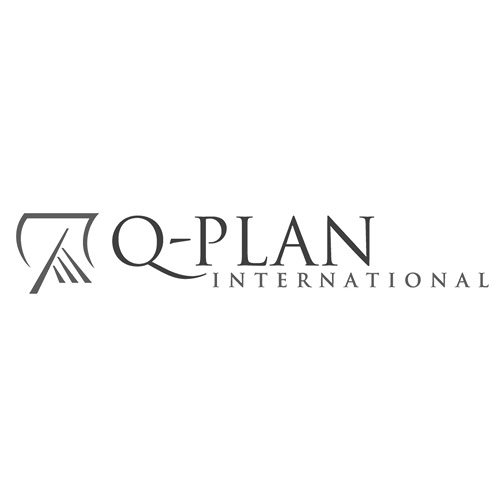
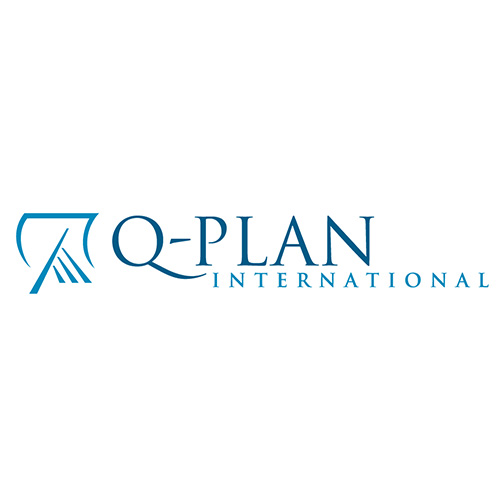
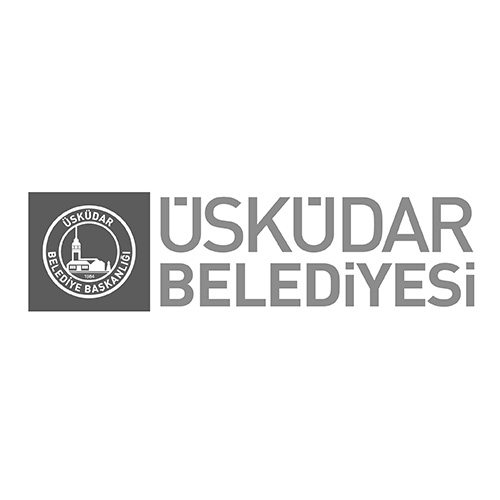


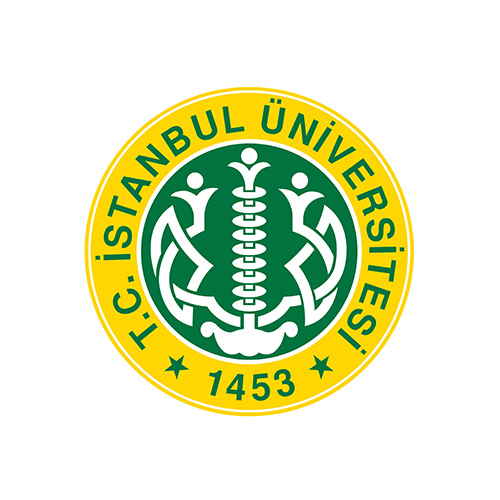


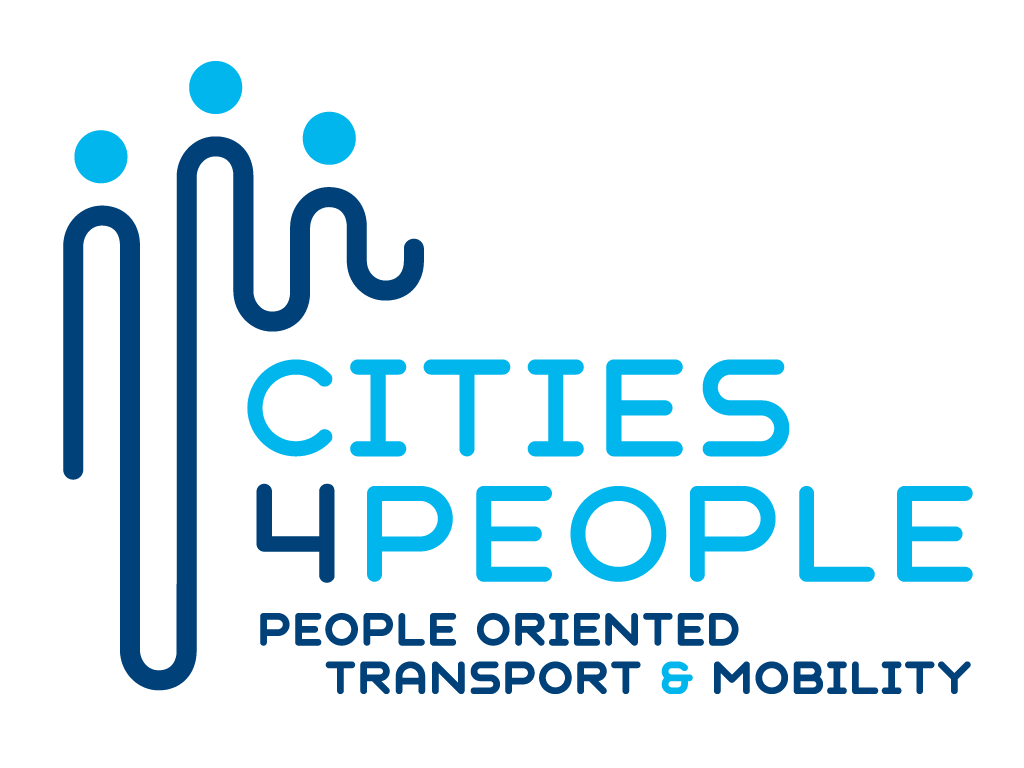
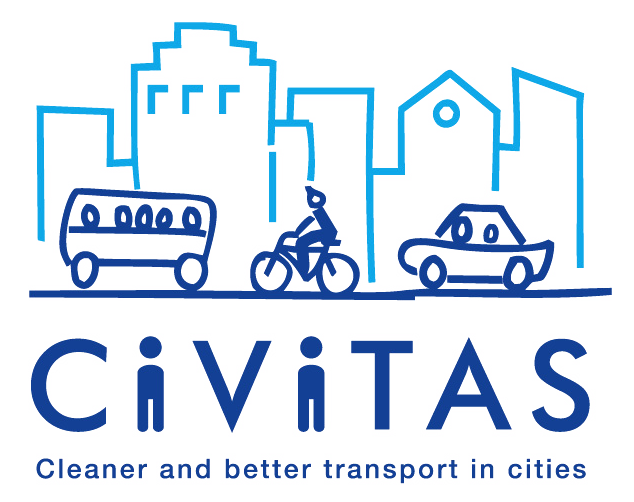


 English
English Magyar
Magyar Ελληνικά
Ελληνικά Deutsch
Deutsch